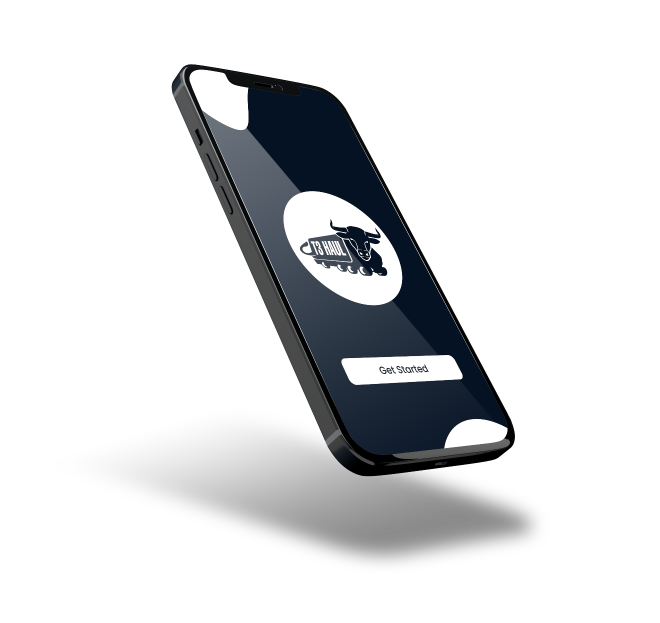

The mobile application streamlines transportation processes by connecting users with reliable delivery options, providing intuitive tools for admins and drivers, and prioritizing transparency, safety, and user satisfaction.
Users can easily book, track, and manage deliveries with real-time updates and seamless in-app payments.
Integrated video calling enables direct communication for instructions, support, and trust-building.
Drivers provide full documentation and collect secure e-signatures, ensuring safe and professional service.
T3Hall is a smart delivery app connecting users with verified drivers for secure, real-time, and efficient transport bookings.
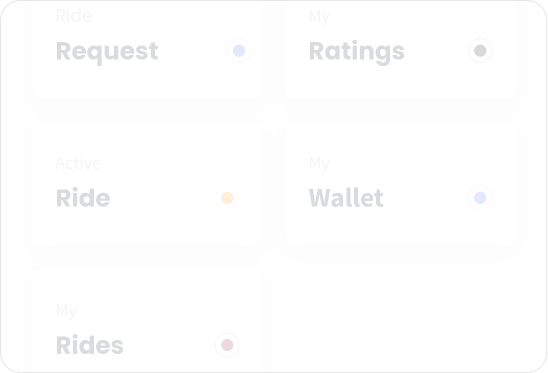
Users will be able to use search and browse functionality within the app.
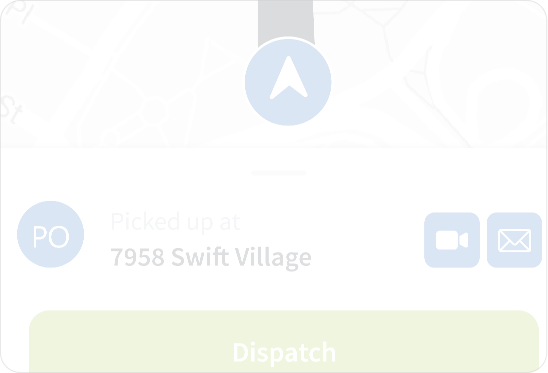
After signing in to the platform users need to turn their location on in order to view the service providers near them or within a particular radius.
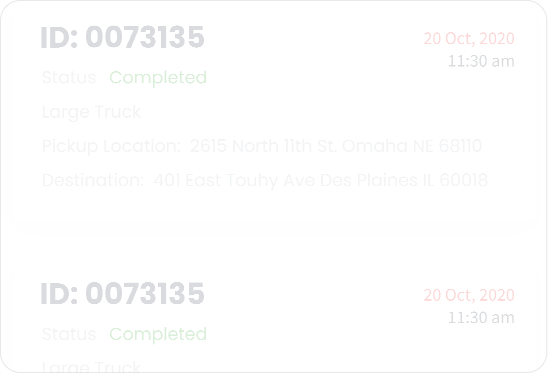
Users will be able to view the driver’s profile before booking a delivery. The driver’s profile will show the driver’s analytical data such as booking frequency, driver efficiency, and much more.
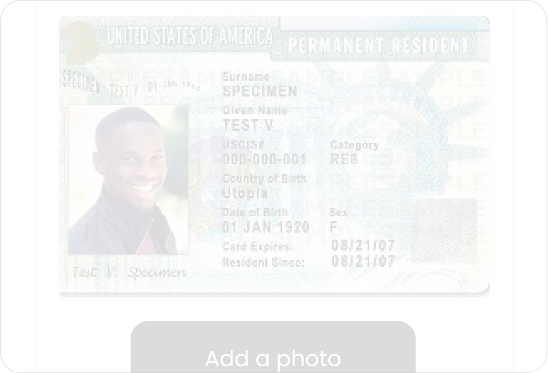
Users will be able to specify the pick-up and drop-off locations.
The steps taken from the preliminary development considerations to the final release of the app.
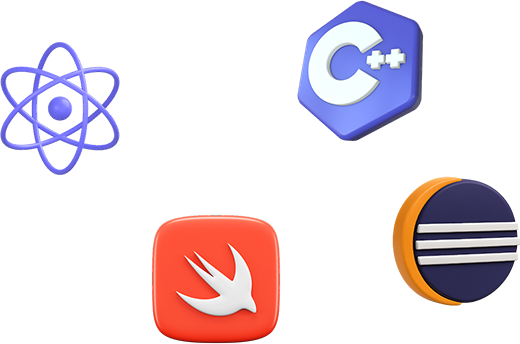
A brief overview of the target audience, their needs, and how the product is tailored to solve their specific problems or improve their daily experience.
An outline of the strategic and technical decisions made during development—platform selection, architecture, tools, and methodologies that shaped the foundation of the app.
A deep dive into the visual and user experience design—color schemes, branding, UI components, and how the design was crafted to be intuitive, engaging, and aligned with user behavior.
Details on how complexity was reduced in both user flows and functionality—ensuring ease of use, smooth navigation, and minimal learning curve across all user types.
Insights into the testing phase—how the app was tested with users, what feedback was collected, how bugs were resolved, and how usability improvements were made based on real user input.
An explanation of the systems or features used to monitor app performance, user behavior, and data insights post-launch—helping stakeholders track success and usage trends.
Describes the delivery process—how documentation, admin tools, or training were provided to clients or stakeholders, ensuring a smooth transition and operational readiness.
A section dedicated to the app’s future roadmap—plans for updates, new features, continuous feedback loops, and the long-term vision for evolving the platform.
Showcases the app’s unique selling points and differentiators—what makes it memorable, competitive, and valuable in its industry or market.
1
Who’s It For2
Choosing How to Build3
Designing the Look4
Making it Simple5
Testing & Feedback6
Keeping Track7
Handing Over8
Always Improving9
Helping It Stand OutPartner with CMOLDs and turn your app idea into reality with expert app developers and designers on deck!